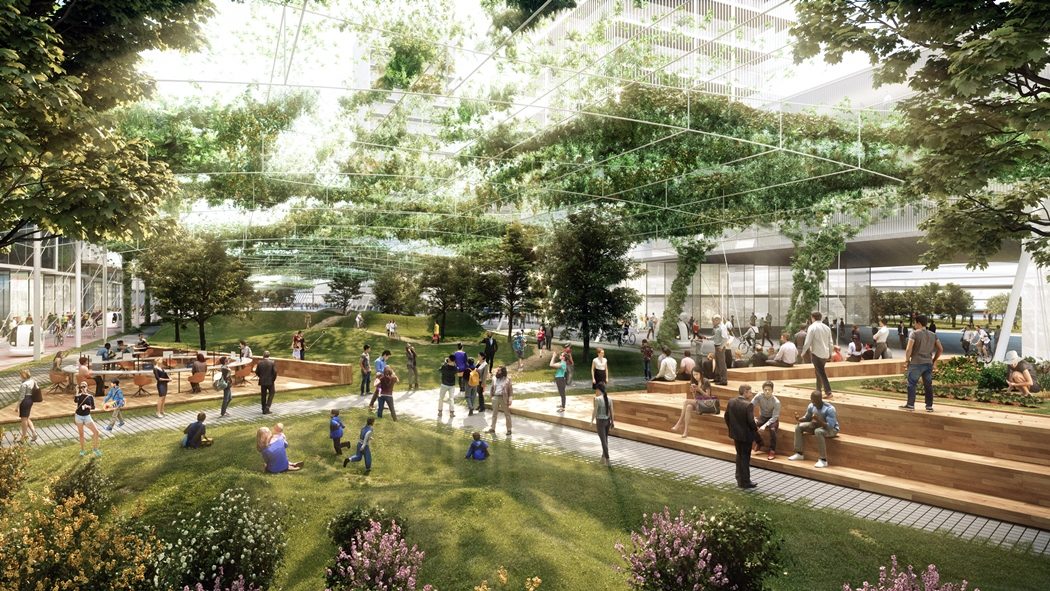Expo 2015 was a world exposition hosted by Milan, Italy. It opened on May 1, 2015 and closed on October 31. It was the second time Milan had hosted an exposition of this type. The first was the 1906 Milan International.
Expo 2015’s theme was “Feeding the Planet, Energy for Life“, encompassing technology, innovation, culture, traditions and creativity and how they relate to food and diet. The exposition developed themes introduced in earlier expos (such as water at Expo 2008 in Zaragoza, Spain) in light of new global scenarios and emerging issues, focusing on the right to healthy, secure and sufficient food for the world’s inhabitants.
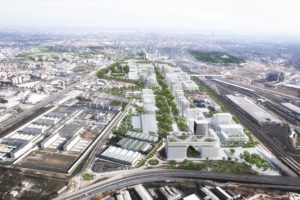 The site has been awaiting reuse for the past two years, as the city has been soliciting input on the best possible purpose and design.
The site has been awaiting reuse for the past two years, as the city has been soliciting input on the best possible purpose and design.
On November 28, 2017, the Torino, Italy-based design firm Carlo Ratti Associati (CRA), together with Australian real estate group Lendlease, won that international competition for a 10-million square foot (1-million square meter) master plan to reimagine, repurpose and renew the former site of Expo 2015.
The winning team’s vision of the competition’s theme, “Park for Science, Knowledge and Technology“, was selected by Arexpo, the public company that owns the site situated in the northwest section of Italy’s cultural and financial capital.
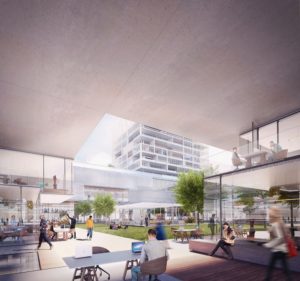 The master plan for Milan will establish a living laboratory featuring offices and research centers, universities faculties, facilities, residences and cultural spaces, areas for urban agriculture.
The master plan for Milan will establish a living laboratory featuring offices and research centers, universities faculties, facilities, residences and cultural spaces, areas for urban agriculture.
It will also be the world’s first neighborhood planned for self-driving or autonomous mobility.
The plan aims to set new standards for urban transformation processes, creating a verdant neighborhood, rich in public life.
Innovation will implemented using an open-source approach: as buildings can be reconfigured and change their function over time according to people’s needs.
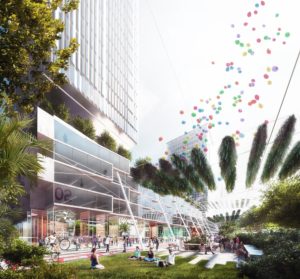 “Since cities emerged ten thousand years ago, they have served as civilization’s most powerful engine of innovation,” said Carlo Ratti, Founding partner of CRA and Professor of the Practice of Urban Technologies at MIT.
“Since cities emerged ten thousand years ago, they have served as civilization’s most powerful engine of innovation,” said Carlo Ratti, Founding partner of CRA and Professor of the Practice of Urban Technologies at MIT.
“Innovation is also at the core of our master plan, by which the former site of Milan World Expo will become a place where to experiment new ways of working, doing research, inhabiting spaces, enjoying life, and getting around – a garden city shaped by the evolving needs of its inhabitants. At CRA, we are thrilled to be involved in the creation of this living lab on tomorrow’s Milan,” he continued.
Three key features are the plan’s most distinctive innovations:
- ONE-MILE LONG LINEAR PARK: The park draws on the World Expo 2015’s landmark, the Decumanus – the east-west road recalling the traditional axes of Roman cities. In the new neighborhood, the Decumanus, previously covered in asphalt, is converted into a one-mile long linear park, one of the longest in Europe, which becomes the social center of the neighborhood.
- A CITY FOR SELF-DRIVING VEHICLES: The project’s pioneering spirit extends to the field of mobility. The area’s streets and roads–starting from the Decumanus–will, over time, become accessible to self-driving vehicles exclusively, in a move that anticipates the widespread changes brought about by autonomous cars. The result will be an increasingly shared approach to transportation, with fewer vehicles needed to satisfy the community’s mobility demands, and with positive consequences expected in terms of less traffic, improved environmental quality, and new business opportunities.
- THE COMMON GROUND: Following the principle that much of a city’s health comes from the vibrancy of its public space, the project proposes a Common Ground – a two-floor high space all across the master plan – animated by a lively mix of plazas, pedestrian areas, shared vegetable gardens, laboratories and retail facilities. People can seamlessly move between public and private spaces or open and secluded areas.
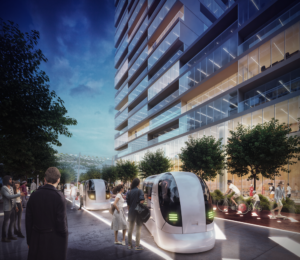 “Building on the heritage of the 2015 World Expo, we set forth to explore social, urban and technological innovation. The master plan will create a city that is both a European scientific hub and a community-oriented neighborhood, fostering economic growth and social progress in Milan and in its metropolitan area,” explained Antonio Atripaldi, Project lead at CRA
“Building on the heritage of the 2015 World Expo, we set forth to explore social, urban and technological innovation. The master plan will create a city that is both a European scientific hub and a community-oriented neighborhood, fostering economic growth and social progress in Milan and in its metropolitan area,” explained Antonio Atripaldi, Project lead at CRA
The master plan by CRA was developed as part of a team led by real estate group Lendlease, which also includes, among others, landscape architects Land Italia, advisors PricewaterhouseCoopers (PwC), mobility consultants Systematica, and communication strategists SEC Relazioni Pubbliche SpA.
The master plan was officially unveiled in Milan on November 28, 2017, during a press conference organized by Arexpo at the former World Expo site.
All renderings by CRA (Gary di Silvio, Gianluca Zimbardi) and Arch 018.

